How does an Electrolux dishwasher work?
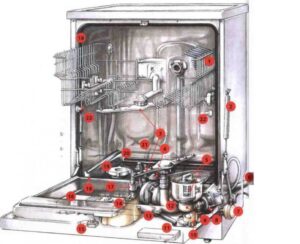 Dishwashers, like washing machines, are complex household appliances. Their device is not as simple as it might seem at first glance. Knowing the structure of the Electrolux dishwasher, you can choose the best dishwasher from a technical point of view. In addition, this will help you independently eliminate minor breakdowns and problems during operation. We will tell you what components the “home assistant” consists of and how it works.
Dishwashers, like washing machines, are complex household appliances. Their device is not as simple as it might seem at first glance. Knowing the structure of the Electrolux dishwasher, you can choose the best dishwasher from a technical point of view. In addition, this will help you independently eliminate minor breakdowns and problems during operation. We will tell you what components the “home assistant” consists of and how it works.
Main details of PMM
Having disassembled the Electrolux PMM, or rather, removed the tray and body, you can examine all the internal components and understand how it works. The main nodes include:
- engine;
- circulation pump installed in the center of the pan. It ensures pumping of water in the dishwasher chamber, supplying it from the water inlet to the rocker arms;
- pump – pump for draining dirty (waste) water;
- instantaneous water heater located in the same housing with a circulation pump;
- waste water drain hose and pipes;
- inlet hose;
- leakage protection device;
- filling valve with a mesh installed at the point where the filling hose is connected to the machine. The mesh traps dirt and rust;
- water level sensor, which is also called a pressure switch;
- water intake;
- salt container or ion exchanger;
Important! Salt is added to the dishwasher to soften the water and dissolve the impurities it contains.
- electronic board - the “brain” of the dishwasher, ensuring the operation of all devices of the machine among themselves and control of the machine by the user;
- electrical wires and connecting clamps;
- soundproofing material.
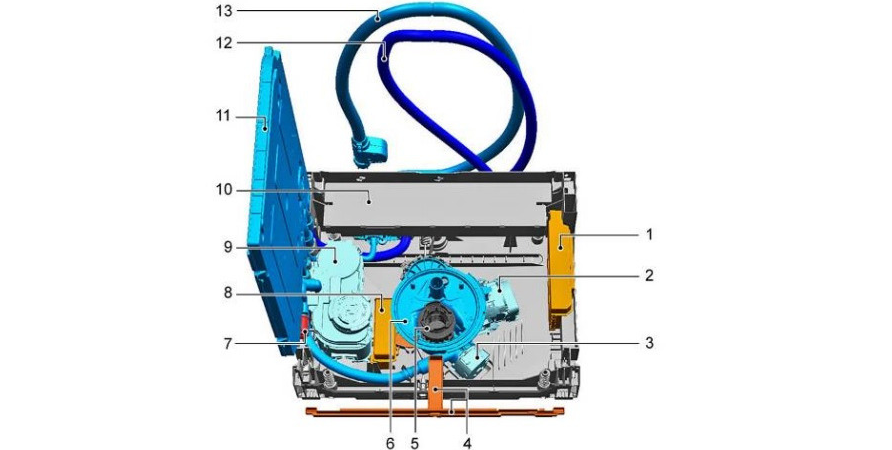
Inside the PMM washing chamber there are:
- sprinklers or rocker arms;
- upper and lower basket for dishes;
- basket for stock, forks and other utensils;
- a glass-shaped garbage filter located in the bottom of the dishwasher;
- filter mesh or fine filter that retains food debris;
- detergent dispenser on the door;
- rubber compressor.
Parts found on individual Electrolux PMMs
The components and assemblies listed above constitute the minimum assembly of the PMM. Some Electrolux models may have other items with additional features.
- The heat exchanger is a flat tank for cold water located in the washing chamber. This device helps to gradually cool the water used in the dishwashing process. It also provides effective drying.
- Heater and fan in dishwashers with turbo dryer. This type of drying ensures fast and efficient drying of dishes, but this requires energy.
- Turbidity sensor. Thanks to the presence of such a sensor, the PMM automatically selects the best mode for washing, calculating the temperature, volume of water, and the amount of detergent.
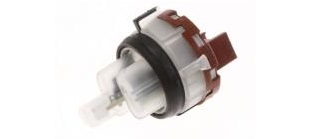
- Sensors for the presence of rinse aid and salt.
- Special compartment for tablets.
- Reservoir with zeolite. Zeolite is a mineral that, absorbing moisture, releases heat. This property of the mineral made it possible to organize drying in the dishwasher.
- Water hardness level sensor involved in automatic selection of the washing program. It is provided only in premium dishwashers.
- A lantern projecting the time to finish on the floor. An analogue is the “red beam” and similar functions.
- Holders for glasses with a long stem. Most often, such a holder needs to be purchased in addition.
- Water sprayer for washing large frying pans and baking trays.
Since dishwashers differ in size, the number of built-in additional elements in them will be different. There are different types of baskets, for example, stationary and baskets with folding sides, baskets that vary in height. Depending on the technical “stuffing” of the unit, the programs will be different.
How does a dishwasher work?
It’s clear how the PMM is structured, let’s now figure out how all these elements are interconnected and how they work. After placing dirty dishes in baskets and selecting a mode, the user closes the dishwasher door, and then the actual washing cycle begins. Through the inlet hose and valve, cold water enters the machine, which first enters the ion exchanger. In this tank, under the influence of resin and sodium salt ions, the water is softened and then enters the reservoir.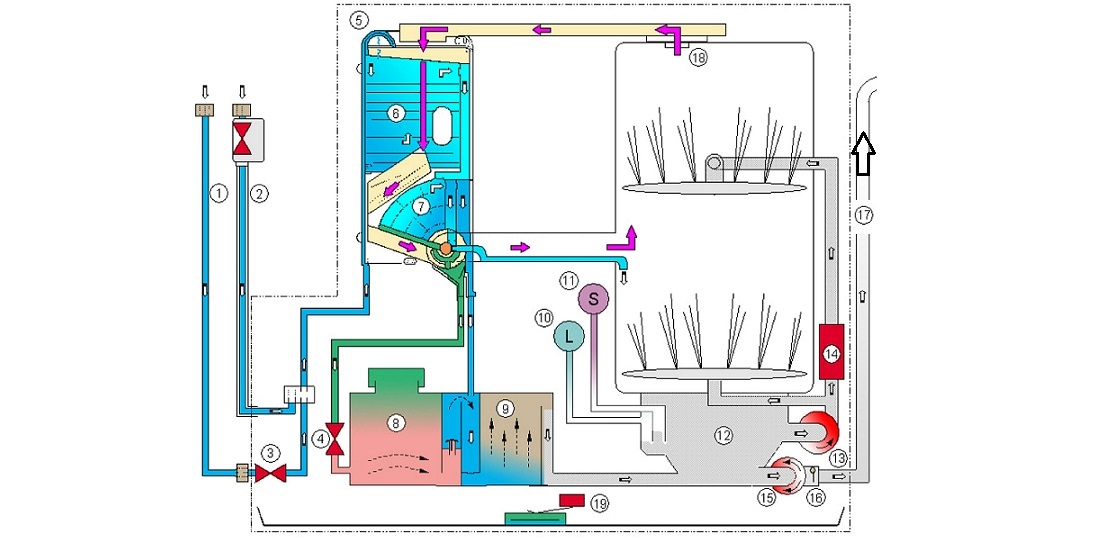
At a certain point in time, the water level in the machine becomes sufficient and the pressure sensor is triggered by a signal from the pressure switch. As a result, the water valve closes and the flow heater turns on. After heating the water in accordance with the selected mode, the circulation pump turns on. He directs water to the sprinklers, and they, in turn, begin to rotate.
Note! The more holes on the rocker arms, the better the water is sprayed throughout the dishwasher chamber. In addition, their shape is also important, which ensures their inclination. If the rocker arms are located at different angles, then water gets into all corners of the washing chamber.
The water that gets into the PMM chamber flows to the bottom of the dishwasher, and then through the filter into the water collector for reuse.At this time, detergent from the dispenser (dissolving tablet or powder) enters the water. Under the action of the circulation pump, the water is again directed to the rocker arms. At the end of the first washing cycle, the pump is turned on to pump out dirty water. The clean cold water that comes in after this is used for the first rinse.
The second rinse is carried out with warm water with the addition of a special product, thanks to which the dishes become shiny and dry quickly. At the end, all dirty water is drained, moisture evaporates from the heated dishes - the drying stage begins. More often this is ordinary natural drying, less often - turbo drying under the influence of hot air. As soon as the time set in the program has expired, a sound signal is heard. Depending on the mode, the entire described process lasts from 25 minutes to 2 hours 35 minutes.
Interesting:
Reader comments
- Share your opinion - leave a comment

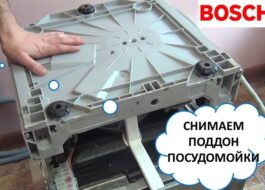
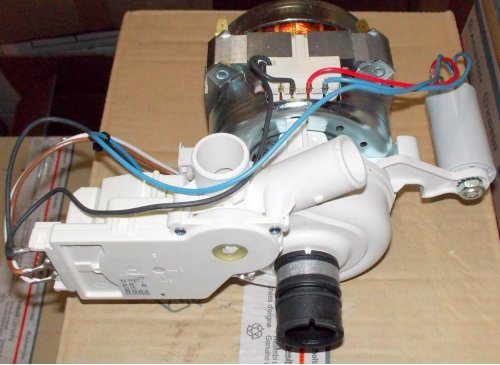
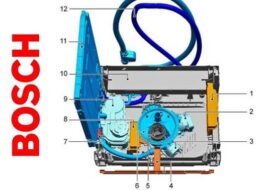
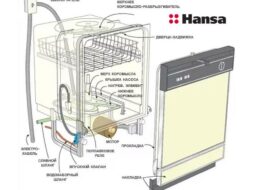

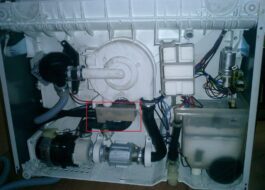














Add a comment